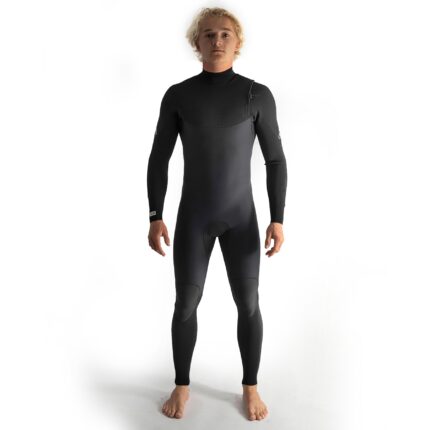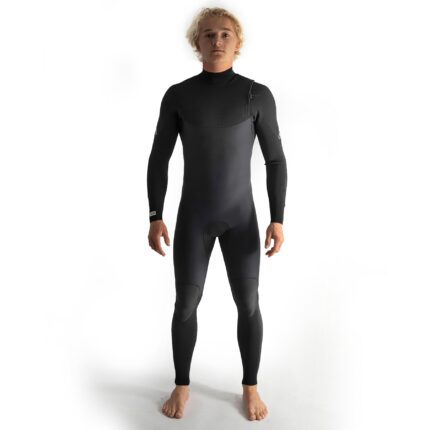Wetsuit
Showing all 6 results
A wetsuit is a specialized garment designed to provide thermal insulation and buoyancy for individuals engaging in water sports and activities, especially in cold water conditions. These suits are made from neoprene, a synthetic rubber material that traps a thin layer of water against the wearer’s skin. This water layer is warmed by the body’s natural heat, creating an insulating barrier that helps keep the wearer warm. Here are some key features and considerations regarding wetsuits:
Features:
Neoprene Material: Wetsuits are typically constructed from neoprene, a flexible and insulating material that allows for freedom of movement in the water.
Thickness: Wetsuits come in various thicknesses, typically ranging from 1mm to 7mm. Thicker wetsuits provide more insulation and are suitable for colder water temperatures, while thinner wetsuits are ideal for warmer conditions.
Styles: There are different styles of wetsuits to accommodate various water activities:
Fullsuits: Cover the entire body, including arms and legs, and provide the most warmth.
Spring suits or shorties: Cover the torso and thighs and are designed for warmer waters.
Farmer john/jane: Cover the legs and have shoulder straps, allowing for a range of upper body movement.
Tops and bottoms: These separate pieces can be mixed and matched for flexibility in changing conditions.
Seams: Wetsuits have seams that are either glued and blind-stitched (GBS) or sealed and taped to minimize water entry. Sealed seams provide better water resistance.
Zippers: Some wetsuits feature back zippers, while others have front zippers or chest entry systems. The type of zipper affects the ease of getting in and out of the wetsuit.
Extras: Some wetsuits come with additional features such as reinforced knee pads, hoods, and built-in hoods, which offer extra protection and warmth.
Considerations:
Fit: Proper fit is crucial for a wetsuit’s effectiveness. A snug but not overly tight fit ensures that water stays in the suit and heats up against your body.
Temperature: Choose a wetsuit thickness suitable for the water temperature you’ll be in. Colder water requires a thicker wetsuit to keep you warm.
Activity: Consider the specific water activity you’ll be doing. For surfing, diving, or other water sports, choose a wetsuit designed for that purpose.
Maintenance: Rinse your wetsuit with freshwater after each use to remove salt and sand. Hang it to dry away from direct sunlight. Avoid using hot water or a washing machine, as this can damage the neoprene.
Accessories: Accessories like wetsuit gloves, booties, and hoods can provide additional warmth and protection in colder conditions.
Wetsuits are essential for water enthusiasts who want to stay comfortable and safe in cold water environments. Proper selection and care of your wetsuit are important for maximizing its performance and durability. Whether you’re surfing, diving, paddleboarding, or participating in other water activities, a wetsuit can significantly enhance your experience and keep you warm in chilly waters.
 Boards
Boards Packages
Packages Boots & Bindings
Boots & Bindings Essentials
Essentials Waterwear
Waterwear Apparel
Apparel Wakesurfers
Wakesurfers
 Towers & More
Towers & More Boat Accesories
Boat Accesories Ballast Systems
Ballast Systems













































